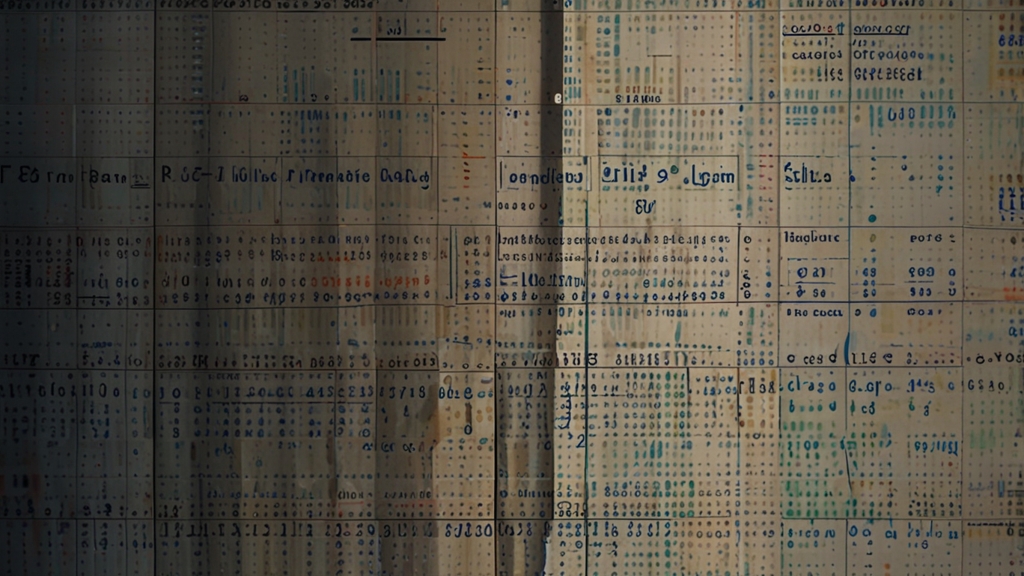Crucifixion: A Journey into the Horror of Ancient Judicial Systems
Crucifixion is perhaps one of the most brutal and barbaric methods of execution devised by ancient civilizations. It serves not only as a stark reminder of the extreme measures that historical judicial systems could take, but also as an indication of the lengths to which states would go to maintain law, order, and deterrence. This article delves into the chilling practice of crucifixion, examining its origins, methods, and the societal implications it bore.
Origins and Historical Context
The practice of crucifixion is believed to have originated with the Persians around the 6th century BCE. However, it was the Romans who infamously refined and institutionalized it as a form of capital punishment. Initially used against slaves and foreigners, it eventually became a tool for suppressing uprisings and executing the most reviled criminals. Throughout history, crucifixion was utilized by various cultures, including the Greeks and Carthaginians, before reaching its most notorious application in Judeo-Roman history at the crucifixion of Jesus Christ.
The Method of Execution
Crucifixion was designed to inflict maximum pain and suffering while prolonging death. Initially, the condemned would be scourged - a brutal flogging that often left the victim severely weakened. Following this, the individual would bear the crossbeam, or patibulum, to the execution site, where they would be affixed to the cross either by nails or ropes through their wrists and feet.
"Crucifixion was not a quick or painless death. Victims would suffer from dehydration, blood loss, shock, and asphyxiation due to the body's position on the cross, often lasting for hours or even days."
Once hoisted onto the upright post, the positioning would place immense strain on the individual's body, leading to an excruciating and drawn-out demise. The multifaceted torment was not solely physical; the method was designed to degrade and dehumanize the victim, serving as a potent symbol of state authority and control.
Societal Implications and Psychological Impact
The social ramifications of crucifixion extended far beyond the immediate suffering of the condemned. This form of capital punishment acted as a stark public spectacle, ingraining fear within the populace. The visibility of crucifixion sites, often located along busy thoroughfares, served as both a deterrent and a morbid reminder of the fate that awaited those who dared defy the ruling powers.
"The fear induced by crucifixion was not just of death, but of a death stripped of dignity, subjected to public shame and immortalized as a warning."
The implications for the families and communities of the crucified were immense. In many cases, such executions would dissentiously mark the social status and the moral reprehensibility of the condemned, leading to familial disgrace and ostracization.
Modern Reflections and Legacy
Today, the horror of crucifixion remains embedded in cultural and religious consciousness, serving as a stark counterpoint to contemporary discussions on human rights and the ethics of capital punishment. As a widely recognizable symbol of suffering and injustice, it provides a historical lens through which to examine the lengths to which societies have gone to impose order and control.
In reflecting on the legacy of crucifixion, it becomes clear that the method was not just an execution tactic, but a powerful statement of dominance aimed at instilling fear and maintaining authority. The lessons drawn from this gruesome practice underscore the critical importance of humanizing justice systems and protecting the inherent dignity of all individuals, regardless of their transgressions.
The grisly history of crucifixion, while a chapter best left in antiquity, propels vital conversations about societal values and the evolution of judicial practices. It is a stark reminder of humanity's capacity for cruelty and the perpetual need to vigilantly safeguard against such barbarism in the pursuit of justice.








